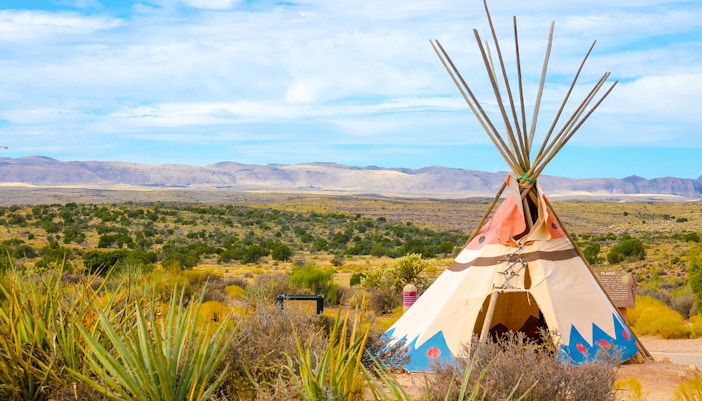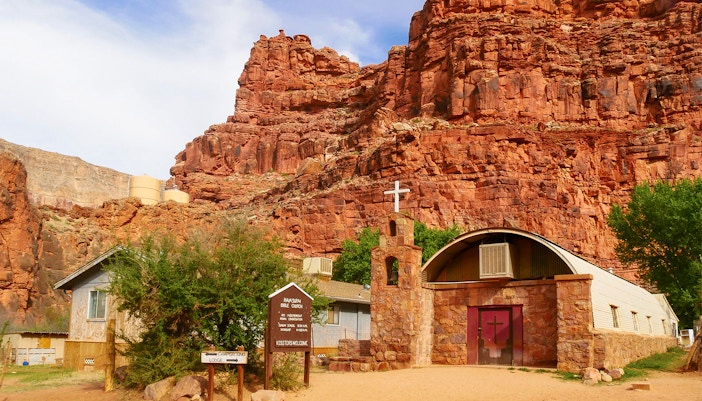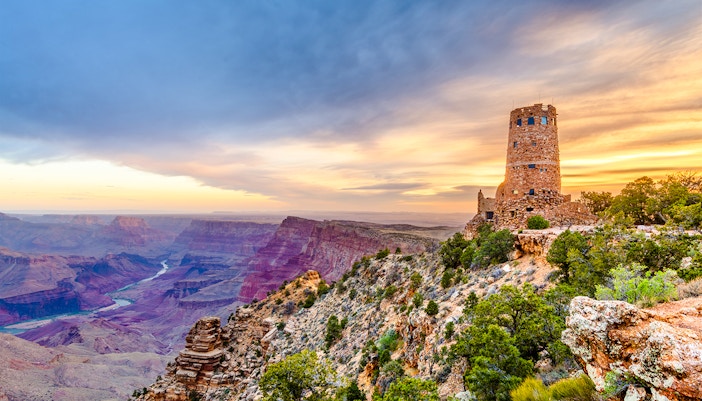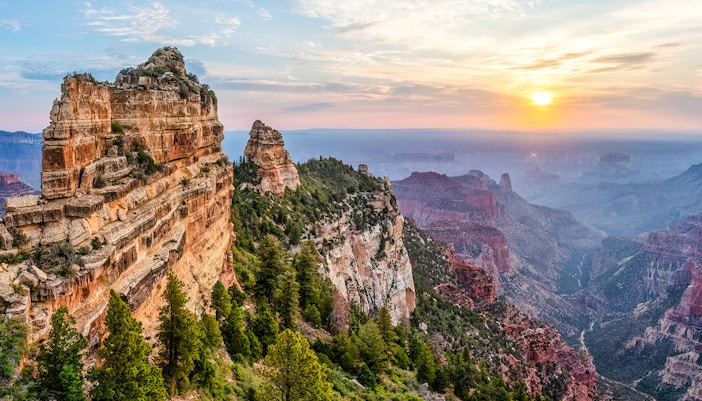
- North Rim
- History
- South Rim
- Facts
- West Rim
- Grand Canyon Railway
- Hualapai Tribe
- Grand Canyon National Park
- Wildlife
- Shoshone Point
- Yavapai Geology Museum
- Hermit's Rest
- Hopi House
- Plan Your Visit
- Timings
- Directions
- Entrances
- Restaurants
- Map
- Camping
- Grand Canyon Village
- Weather
- Photos
- Hiking
- Things to Do
- Viewpoints
- Shopping
- Itinerary
- Hotels
- Rim to Rim
- Grand Canyon South Rim Tours
- Grand Canyon Boat Tours
- Grand Canyon National Park Tours
- Grand Canyon North Rim Tours
- Grand Canyon Floor Landing Tours
- Grand Canyon Lake Mead Tours
- Las Vegas to Grand Canyon Helicopter Tours
- Grand Canyon Tours from Las Vegas
- Grand Canyon Airplane Tours
- Grand Canyon Helicopter Tours
- West Rim Skywalk
- Grand Canyon National Park Helicopter Tours
- Grand Canyon Hummer Tours
- Grand Canyon West Rim Helicopter Tours
- Grand Canyon Tours
- Grand Canyon West Rim Tours
- Helicopter Tour Operators
A closer look at the Grand Canyon’s cultural history and rise in tourism
A brief history of the Grand Canyon | Native American history, culture, & exploration

- 1200 BCE: Ancestral Puebloans inhabit the Grand Canyon region and become the first Native settlers to live in the area.
- 1540: García López de Cárdenas is the first European to visit the Grand Canyon with the help of the Hopi people.
- 1869: Major John Wesley Powell leads the first of many scientific expeditions to study the Grand Canyon’s geology & environment.
- 1880s - 1919: Mining operations take place in the Grand Canyon, and settler communities reside in the region.
- 1901: The first train runs from the Santa Fe railroad between Williams, AZ to Grand Canyon.
- 1880s - 1890s: Grand Canyon tourism starts to crop up and rise as visitors begin to see the beauty and potential of the region.
- 1919: Grand Canyon National Park is officially established to protect the forest regions and their biodiversity.
Early settlers and explorers

Puebloans and Native Americans today
From 1200 BCE to 1500 CE, the Ancestral Puebloans, or Anasazi, inhabited the Grand Canyon area. They built stone dwellings, made pottery, crafted tools, and etched petroglyphs into canyon walls. By 1300 CE, likely due to drought and dwindling resources, they began migrating. Today, the Grand Canyon is sacred to many Native American tribes. The Hopi, Havasupai, Navajo, Paiute, Zuni, and Hualapai maintain cultural, spiritual, and historical ties to the region.

Spanish explorers
The first Europeans to see the Grand Canyon arrived in 1540, when Spanish explorer García López de Cárdenas, under Francisco Vázquez de Coronado, came with a party guided by the Hopi. Despite efforts, they could not reach the canyon floor. More than two centuries later, in 1776–1777, Spanish Franciscan missionaries Francisco Atanasio Domínguez and Silvestre Vélez de Escalante discovered the canyon while charting a route from Santa Fe to California. Although brief, these Spanish explorations marked the start of Western awareness of the Grand Canyon.

American explorers and settlers
The first Americans arrived in the Grand Canyon in 1826 with fur trappers like James Ohio Pattie, followed by Mormon settlers in the 1850s. Lieutenant Joseph Ives explored the Colorado River in 1857–1858 and, despite calling it a vast ruin, it sparked significant scientific interest, resulting in many future expeditions. Copper prospectors came in the 1860s, establishing temporary mining camps.
Major John Wesley Powell’s 1869 expedition down the Colorado River was the first successful scientific exploration. He returned in 1871–1872 to create more accurate maps and study geology in depth. By the 1880s and 1890s, tourism emerged as visitors were attracted by natural wonders and economic opportunities. The Santa Fe Railroad’s 1901 extension to the South Rim significantly boosted tourism, making the Grand Canyon more accessible and popular.
Grand Canyon today

In 2011, the Grand Canyon was named one of the seven natural wonders of the world. In 2023, Grand Canyon National Park had 13.2 million visitors, highlighting its global recognition. Visitors can explore the canyon's sections year-round in various ways.
It comprises Grand Canyon National Park and Grand Canyon West. The National Park includes the North and South Rims and offers hikes, camping, cultural tours, helicopter tours, rafting, and more.
The South Rim is open year-round, while the North Rim closes from October to May due to harsh winter conditions. Grand Canyon West is easily accessed from Las Vegas and features the Skywalk, along with helicopter tours, ziplining, hikes, cultural tours, and on-ground Hummer tours.
Book Grand Canyon tickets
Frequently asked questions about Grand Canyon’s history
Some of the most historically significant stops include the Hopi House, El Tovar Hotel, Desert View Watchtower, and Kolb Studio. Each site is culturally and architecturally important and offers insight into early tourism and Native American heritage.
Yes. The Grand Canyon Visitor Center, Yavapai Geology Museum, and Tusayan Museum and Ruin provide detailed exhibits on Native American history, European exploration, and early settlement in the region.
The Skywalk, built in 2007, is a glass bridge extending 70 feet over the canyon’s edge. Located on Hualapai tribal land, it offers a modern perspective on tourism development in partnership with Native communities.
The Fred Harvey Company increased the accessibility of hospitality services in the American Southwest, creating iconic lodging like Bright Angel Lodge.
Yes! The Grand Canyon Railway still runs daily from Williams, AZ, to the South Rim, offering a nostalgic experience with live music, cowboy reenactments, and historical narration en route.
Visitors can still stay in several historic lodges, such as the El Tovar Hotel and Bright Angel Lodge. They preserve early 20th-century architecture, offering a historic overnight experience.
The National Park Service works with tribal councils and cultural preservationists to protect archaeological sites, support educational programs, and manage traditional lands.
Yes, many Native tribes have myths tied to the canyon. For example, Hopi legend speaks of it as the emergence point into this world. Other stories involve spiritual beings, protectors, and creation tales unique to each tribe’s oral tradition.


